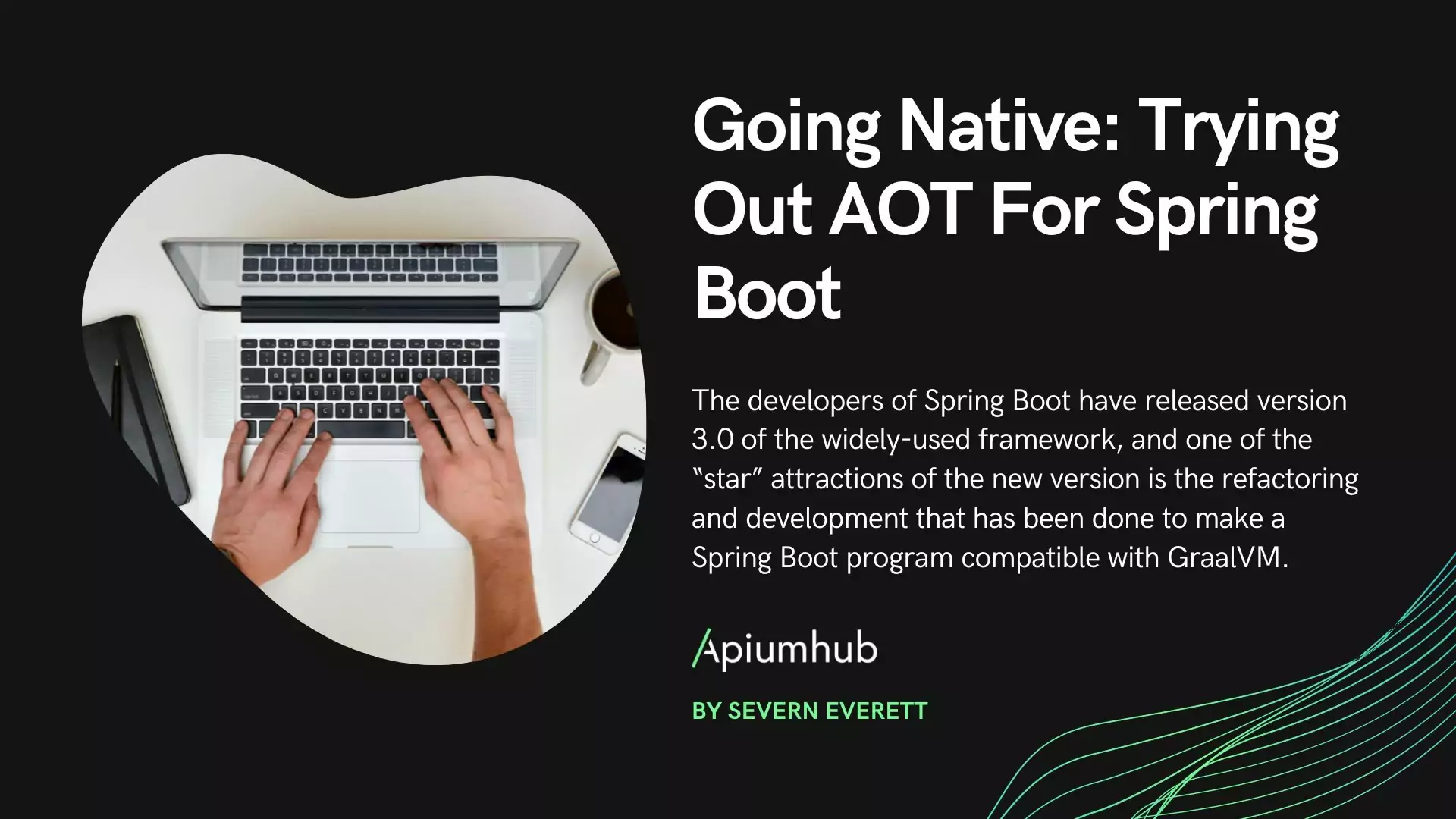Table of Contents
Next.js, an open-source Javascript framework was created specifically for leveraging React to create user-friendly web applications and static websites. It was developed by Vercel and offers an integrated environment that makes server-side rendering simpler.
Next.js was released on October 26, 2023, and during the Next.js Conf, Guillermo Rauch, the CEO, talked about the new features. One of the features, termed “Partial Prerendering,” was introduced in the preview with the goal of providing both quick initial and dynamic visuals without sacrificing the developer experience.
Next.js 14 brings notable improvements to its TurboPack, the engine responsible for efficient compilation, now it is faster. Furthermore, the stabilization of Server Actions and partial prerendering results in a better development experience and faster websites.
Next.js 14 features
Partial Pre-rendering and SSR
Pre-rendering is the practice of creating a web page’s HTML before a user requests it, either during the build or deployment time. Next.js offers two pre-rendering options for optimal speed: Static Generation and Server-side rendering (SSR).
Static Generation works with data that is already available at build time which makes better performance over Server-side rendering. In Server-side rendering, data fetching and rendering are done at the request time. Still Server-side rendering is preferable compared to client-render apps. And if we use Next.js, we will have server rendering by default.
Another significant feature, Partial pre-rendering, is announced for Next.js 14. Partial pre-rendering differs from pre-rendering in that it creates parts of the page dynamically during runtime in response to user interactions. By getting the static parts of the page as HTML and updating just the dynamic parts when needed, it is intended to deliver both fast initial page loads and dynamic visuals. If the generated HTML is static until the next build or deployment, pre-rendering works well for pages with static or rarely changing content. Partial pre-rendering can help with faster initial page loads when a choice between static and dynamic rendering is required. Despite being an experimental feature and optional, it is crucial to integrate dynamic rendering with static generation.
Turbo Mode
The primary objective of Next.js 14 is to enhance speed and performance. Their Rust-based compiler Turbopack took the concern of the team and they made a remarkable improvement. Now local server startup is 53.3% faster and code updates with fast refresh speeds up to 94.7% quicker. We should note that Turbo is not yet fully finalized.
Server Actions
In addition to providing stability to Server Actions, Next.js 14 introduces mechanisms to improve the performance of web applications. As highlighted in a recent Dev.to article, rather than manually creating API routes for backend tasks, developers can now seamlessly define server-side functions directly within React components. This integration facilitates a smooth interaction between the client and server, empowering developers to incorporate essential functionalities such as error handling, caching, revalidating, and redirection—all within the context of the App Router model. Furthermore, for those utilizing TypeScript, this update ensures better type safety between the client and server components, contributing to a more robust and maintainable codebase.
As detailed in an insightful post on Dhiwise, in this feature we find forms and the FormData Web API, offering a familiar paradigm for developers accustomed to server-centric frameworks.
Image Optimization and Image Component
Next.js 14 introduces an enhanced and flexible image optimization feature, streamlining the process of optimizing images automatically. Here’s a brief overview of how Next.js facilitates image optimization:
Prioritizing Image Loading
Next.js intelligently prioritizes image loading. Images within the viewport are loaded first, providing a faster initial page load and images below are loaded asynchronously as the user scrolls down.
Dynamic Sizing and Format selection
The Image component in Next.js dynamically selects the right size and format based on the user’s bandwidth and device resources. This ensures that users receive appropriately sized and optimized images.
Responsive Image Resizing
Next.js simplifies responsive image handling by automatically resizing images as needed. This responsive design approach ensures that images adapt to various screen sizes, further enhancing the overall user experience.
Support for Next-Gen Formats (WebP):
The image optimization in Next.js extends to supporting next-generation image formats like WebP. This format, known for its superior compression and quality, is automatically utilized by the Image component when applicable.
Preventing Cumulative Layout Shifts:
To enhance visual stability and prevent layout shifts, Next.js incorporates placeholders for images. These placeholders serve as temporary elements until the actual images are fully loaded, avoiding disruptions in the layout.
Additionally, Next.js 14 enhances performance by efficiently handling font downloads. The framework optimizes the download process for fonts from sources such as Next/font/google.
Automatic code splitting
Automatic code splitting in Next.js 14 is a powerful technique that significantly contributes to optimizing web performance. As discussed in the Calibre blog post, dynamic imports, also known as code-splitting, play a key role in this process.
Code-splitting results in breaking JS bundles into smaller, more manageable chunks. Users only download what’s necessary, leading to a more efficient use of bandwidth. With less JS the performance on slower devices sees a notable improvement.
Another insightful article on Builder.io expands on the two methods of code-splitting in Next.js:
Route-based splitting: By default, Next.js splits JavaScript into manageable chunks for each route. As users interact with different UI elements, the associated code chunks are sent, reducing the amount of code to be parsed and compiled at once.
Component-based splitting: Developers can optimize even further on a component level. Large components can be split into separate chunks, allowing non-critical components or those rendering only on specific UI interactions to be lazily loaded as needed.
These approaches collectively contribute to a more efficient, faster, and user-friendly web application experience, aligning with the continuous efforts to enhance performance in Next.js 14.

Conclusion
In conclusion, Next.js 14 introduces several groundbreaking features that contribute in speed and performance for web applications. The introduction of “Partial Prerendering” stands out among the new features. This innovation aims to deliver both quick initial and dynamic visuals without compromising the developer experience. The Rust-based compiler brings remarkable improvements, making local server startup 53.3% faster and code updates with fast refresh up to 94.7% quicker.
Server Actions have been stabilized in this version, presenting an integration that allows developers to define server-side functions directly within React components. Image optimization is another highlight of Next.js 14, offering enhanced features like prioritized loading, dynamic sizing, and format selection. Automatic code splitting emerges as a powerful technique for optimizing web performance by breaking JS bundles into smaller, manageable chunks. Developers can leverage these features to create faster, more efficient, and user-friendly web applications, solidifying Next.js as a leading framework in the web development landscape.
Author
-
Graduated from Istanbul Technical University with a bachelor degree of computer engineering in June 2018. During her studies, she has been involved in projects in various areas including web development, computer vision and computer networks.
View all posts











